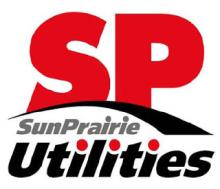SPU FTTH To Join TDS
In Wisconsin, Sun Prairie Utilities (SPU) and TDS Telecommunications Corp. have signed a letter of intent (LOI) for the sale of the city’s municipal network to the Chicago-based telecommunications company. The parties plan on having a final deal hashed out and concluded by the end of March.
TDS Plans For Growth
According to Sun Prairie Mayor Paul Esser, approximately 700 homes are connected to the SPU network, leaving 12,000 households left to be hooked up. TDS has expressed a desire to accelerate the Fiber-to-the-Home (FTTH) expansion, in keeping with its recent growth strategy.
“We plan to expand the network to launch 1 Gigabit broadband speeds, as well as phone service, and our industry leading IPTV solution, TDS TV, to residents,” [Drew Petersen, vice president of external affairs and communications at TDS] said. “For businesses, we would look at providing dedicated fiber connections and our hosted VoIP phone solution, TDS managed IP Hosted.”
TDS has also recently acquired Interlinx Communications and its subsidiary Tonaquint Networks in southern Utah.
Sun Prairie Residents, Businesses Not Happy With Incumbents
About a year ago, we learned that an FTTH pilot project had experienced incredibly high demand: 54 percent of households in the pilot area requested the service. It was a good problem to have, but perhaps the community's leaders got cold feet. The demand for high-quality Internet access is strong in Sun Prairie where residents are fed up with poor service from Charter and Frontier. Enter TDS.
What The Future Holds
Will TDS be able to do a better job? Will TDS maintain the assets or sell out to some other behemoth like Comcast? Time will tell. Whether or not TDS will encourage the current providers to improve services or just offer another poor option to the people of Sun Prairie remains to be seen.



